Umasashi
Artist Info
Bio: <p>One other earliest stars of the New Theatres' of Calcutta, Uma was born in 1915 in a poor Brahmin family of Calcutta. Her father was Nilmani Chattopadhyay and her mother Radharani. Nilmani hailed from Dacca, East Bengal, British India but was settled in Calcutta. As a child Uma received very little formal education by reasons of poverty but received training in music and dance from an early age because this was easier to fetch money for the impoverished family. Her first teacher in music and dance was Satkari Ganguly. It was Ganguly who took Uma to the stage, where she started work as a group dancer, working in Minerva, Alfred and finally in Russa Theatres. After sometime, she played minor roles in the stage as well and soon became part of a touring group from Calcutta to different parts of undivided Bengal like Chittagong, Cox's Bazar performing on the stage. It was from Russa Theatres' that she was chosen to act in films. Her first screen appearance was in Bangabala (1929) in the role of Subarna. It was a silent film. She had to quit the stage because the authorities would not allow their paid staff to work in films. The other films that followed were Bigraha (1930) where she played Ranima and Abhishek (1931). These were silent, too. Around this period, Umasashi started recording songs for Columbia. At a later stage when she was doing sound films, she shifted to Hindustan Musical Products and remained their exclusive singing artiste. In gramophone records for both Columbia and Hindustan, she was credited as Smt. Uma Devi. Her first sound film was Dena Paona (1931) where she acted in a crowd scene of Gajan and also sang a song Baba Apan Bhola Moder Pagal Chhele along with Miss Abhabati. She was trained for the song by Pankaj Kumar Mallick. The next year she played Rami in Chandidas (1932) of New Theatres and thereby earned for herself a permanent place in the Bengali screen apart from being recognised as a major leading lady of New Theatres. Old cine lovers stil
Born: 1915, Kolkata
Songs / Videos
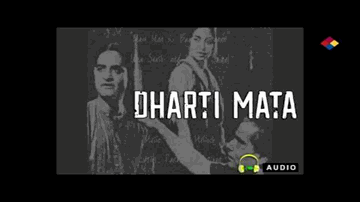 View LyricsMann Kee Bat Batau Lyrics - Prithviraj Kapoor | Pankaj Mullick | Jagdish Sethi | Kundan Lal Saigal | Uma Shashi
View LyricsMann Kee Bat Batau Lyrics - Prithviraj Kapoor | Pankaj Mullick | Jagdish Sethi | Kundan Lal Saigal | Uma Shashi View LyricsMan Prem Ki Jyot Jala Sajni Lyrics - Prithviraj Kapoor | Jagdish Sethi | Trilok Kapoor | Pahadi Sanyal | Uma Shashi
View LyricsMan Prem Ki Jyot Jala Sajni Lyrics - Prithviraj Kapoor | Jagdish Sethi | Trilok Kapoor | Pahadi Sanyal | Uma Shashi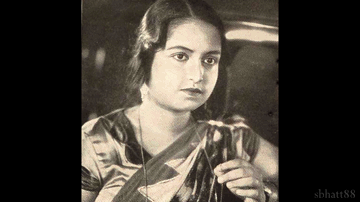 View LyricsEk Thhi Toti Ek Thha Tota Lyrics - Prithviraj Kapoor | Jagdish Sethi | Trilok Kapoor | Uma Shashi
View LyricsEk Thhi Toti Ek Thha Tota Lyrics - Prithviraj Kapoor | Jagdish Sethi | Trilok Kapoor | Uma Shashi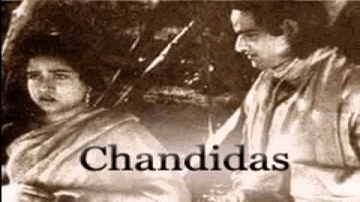 View LyricsTorey Praakash Se Naash Ho Lyrics - Pahadi Sanyal | Umasashi | K.L. Saigal
View LyricsTorey Praakash Se Naash Ho Lyrics - Pahadi Sanyal | Umasashi | K.L. Saigal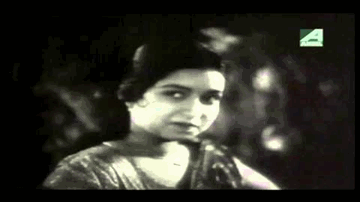 View LyricsMaroongi Sakhi Nischay Lyrics - Pahadi Sanyal | Umasashi | K.L. Saigal | Uma Shashi
View LyricsMaroongi Sakhi Nischay Lyrics - Pahadi Sanyal | Umasashi | K.L. Saigal | Uma Shashi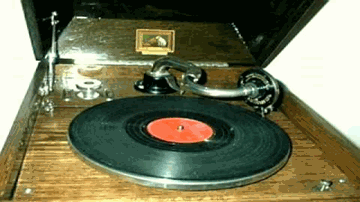 View LyricsChhaayi Vasant Aayi Vasant Lyrics - Pahadi Sanyal | Umasashi | K.L. Saigal
View LyricsChhaayi Vasant Aayi Vasant Lyrics - Pahadi Sanyal | Umasashi | K.L. Saigal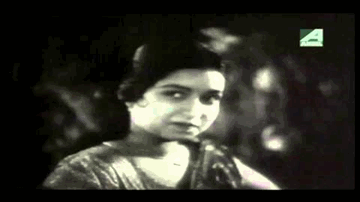 View LyricsAe Ri Sakhi Puchh Na Lyrics - Pahadi Sanyal | Umasashi | K.L. Saigal | Uma Shashi
View LyricsAe Ri Sakhi Puchh Na Lyrics - Pahadi Sanyal | Umasashi | K.L. Saigal | Uma Shashi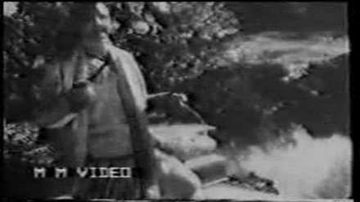 View LyricsPrem Nagar Mein Lyrics - Pahadi Sanyal | Umasashi | K.L. Saigal | Kundan Lal Saigal | Uma Shashi
View LyricsPrem Nagar Mein Lyrics - Pahadi Sanyal | Umasashi | K.L. Saigal | Kundan Lal Saigal | Uma Shashi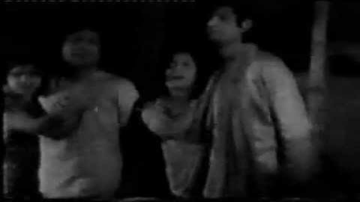 View LyricsPrem Ki Ho Jai Jai Lyrics - Pahadi Sanyal | Umasashi | K.L. Saigal | Kundan Lal Saigal
View LyricsPrem Ki Ho Jai Jai Lyrics - Pahadi Sanyal | Umasashi | K.L. Saigal | Kundan Lal Saigal View LyricsPrem Ka Pujaari Lyrics - Pahadi Sanyal | Umasashi | K.L. Saigal | Kundan Lal Saigal
View LyricsPrem Ka Pujaari Lyrics - Pahadi Sanyal | Umasashi | K.L. Saigal | Kundan Lal Saigal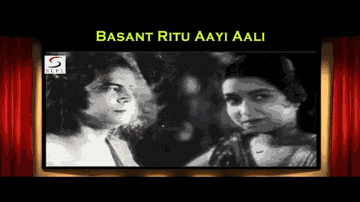 View LyricsBasant Ritu Aayi Aali Lyrics - Pahadi Sanyal | Umasashi | K.L. Saigal | Uma Shashi
View LyricsBasant Ritu Aayi Aali Lyrics - Pahadi Sanyal | Umasashi | K.L. Saigal | Uma Shashi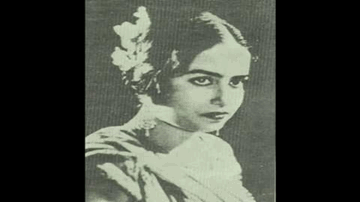 View LyricsJaag Sajaniya Jaag Lyrics - Prithviraj Kapoor | Pankaj Mullick | Jagdish Sethi | Uma Shashi
View LyricsJaag Sajaniya Jaag Lyrics - Prithviraj Kapoor | Pankaj Mullick | Jagdish Sethi | Uma Shashi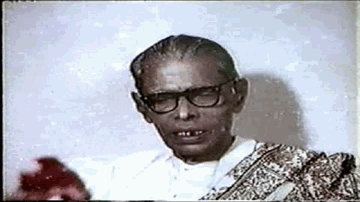 View LyricsAakhir Woh Din Aaya Aaj Lyrics - Prithviraj Kapoor | Pankaj Mullick | Jagdish Sethi
View LyricsAakhir Woh Din Aaya Aaj Lyrics - Prithviraj Kapoor | Pankaj Mullick | Jagdish Sethi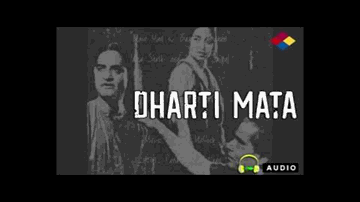 View LyricsKisne Yah Sab Khel Rachaya Lyrics - Prithviraj Kapoor | Pankaj Mullick | Jagdish Sethi | Kundan Lal Saigal
View LyricsKisne Yah Sab Khel Rachaya Lyrics - Prithviraj Kapoor | Pankaj Mullick | Jagdish Sethi | Kundan Lal Saigal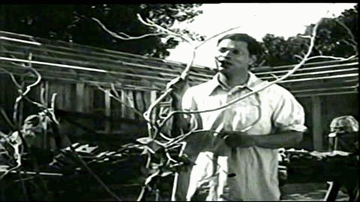 View LyricsDuniya Rang Rangilee Baba Lyrics - Prithviraj Kapoor | Pankaj Mullick | Jagdish Sethi | Kundan Lal Saigal
View LyricsDuniya Rang Rangilee Baba Lyrics - Prithviraj Kapoor | Pankaj Mullick | Jagdish Sethi | Kundan Lal Saigal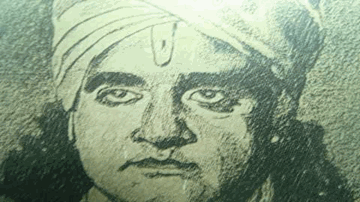 View LyricsAb Main Kah Karu Lyrics - Prithviraj Kapoor | Pankaj Mullick | Jagdish Sethi | Kundan Lal Saigal
View LyricsAb Main Kah Karu Lyrics - Prithviraj Kapoor | Pankaj Mullick | Jagdish Sethi | Kundan Lal Saigal